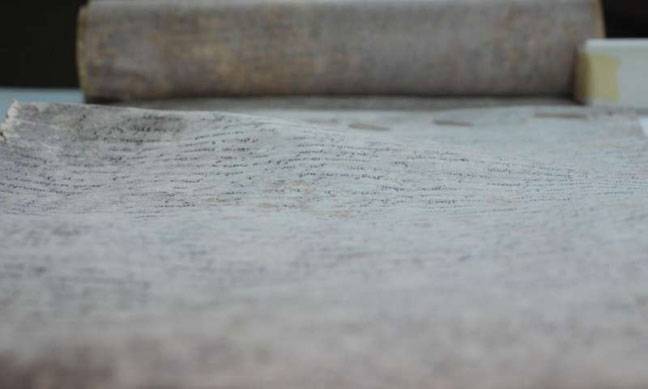PARIS - More than 800 years ago, a teenaged soldier named Laurentius Loricatus accidentally killed a man. He spent the next three decades repenting alone in an Italian cave, self-flagellating.
But there are gaps in Loricatus's story, which was penned in the year 1244, after his death, on a five-metre-long goat skin parchment setting out the case for his canonisation -- which failed. Infuriating purple "spots" blot the ancient scroll and many others.
On Thursday, scientists reported they had finally identified the cause of the spots.
In a study published in the journal Scientific Reports, they fingered both Halobacteria, a type of bacteria found in high-salt environments like oceans, and Gammaproteobacteria -- a group of microbes in the same class as E.coli and salmonella.
As patchy as it is, the tale is known thanks to the scroll's careful preservation. It has been kept in controlled temperature and humidity conditions at the Vatican Secret Archives since the 18th century.
The scientists said they hoped the breakthrough would boost document preservation and perhaps aid restoration of those already damaged.
Further study should identify the exact sequence of spot-causing microbes, they added.






